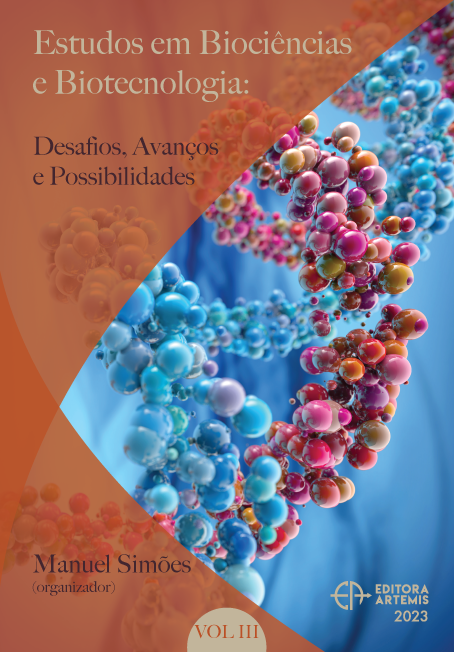
LOCALIZACIÓN DE ANTOCIANINAS Y DUREZA DEL ENDOSPERMO EN GERMOPLASMA DE MAÍZ AZUL
Junto con el trigo y el arroz, el maíz es de los cereales más importantes del mundo, es componente esencial de la dieta humana, materia prima básica de la industria en la que se producen almidón, aceite, proteínas, bebidas alcohólicas, edulcorantes alimenticios y combustibles. Los colores negros, morados y rojos que se observan en el endospermo del maíz son causados por pigmentos vegetales, entre los que sobresalen las antocianinas que le dan el color azul al grano de maíz. Las antocianinas están presentes en las vacuolas de las células de la capa de aleurona, endospermo o pericarpio del grano. Es importante conocer la ubicación específica del pigmento en el grano porque de esto depende que se mantenga en el alimento que llega al consumidor después del proceso de nixtamalización. En el procesamiento alcalino-térmico del grano se desprende el pericarpio de los granos, por lo que, si las antocianinas se localizan únicamente en esa estructura, se perderán. Otro factor por considerar en el maíz azul es la dureza del endospermo debido a que se relaciona directamente con la susceptibilidad a plagas de almacén y con la longevidad de las semillas. Por tanto, el objetivo del presente estudio fue ubicar las antocianinas en los componentes morfológicos de la semilla y establecer el grado de dureza del endospermo de semillas de 14 genotipos de maíz azul. Las semillas se disecaron en sus estructuras morfológicas principales y se determinó la ubicación del pigmento y el grado de dureza del endospermo. Se obtuvo que los materiales genéticos acumularon las antocianinas en la capa de aleurona del grano, aspecto muy favorable para su valor alimenticio. Además, los genotipos mostraron heterogeneidad genética en el grado de dureza del grano. Por tanto, los genotipos analizados fueron útiles para formar híbridos y variedades mejoradas de maíz azul.
LOCALIZACIÓN DE ANTOCIANINAS Y DUREZA DEL ENDOSPERMO EN GERMOPLASMA DE MAÍZ AZUL
-
DOI: 10.37572/EdArt_3011231093
-
Palavras-chave: Zea mays, aleurona, endospermo, pericarpio.
-
Keywords: Zea mays, aleurone, endosperm, pericarp.
-
Abstract:
Along with wheat and rice, corn is one of the most important cereals in the world. It is an essential component of the human diet and a basic raw material for the industry, producing starch, oil, proteins, alcoholic beverages, food sweeteners, and fuels. The black, purple, and red colors observed in the endosperm of corn are caused by plant pigments, among which anthocyanins stand out, giving the corn kernel its blue color. Anthocyanins are present in the vacuoles of the cells of the aleurone layer, endosperm, or pericarp of the grain. It is important to know the specific location of the pigment in the grain because it determines whether it is maintained in the food that reaches the consumer after the nixtamalization process. In the alkaline-thermal processing of the grain, the pericarp of the grains is detached. Therefore, if the anthocyanins are located only in that structure, they will be lost. Another factor to consider in blue corn is the hardness of the endosperm because it is directly related to the susceptibility to storage pests and the longevity of the seeds. The objective of the present study was to locate anthocyanins in the morphological components of the seed and establish the degree of hardness of the endosperm of seeds of 14 blue corn genotypes. The seeds were dissected into their main morphological structures, and the location of the pigment and the degree of hardness of the endosperm were determined. It was found that the genetic materials accumulated anthocyanins in the aleurone layer of the grain, a very favorable aspect for its nutritional value. Furthermore, the genotypes showed genetic heterogeneity in the degree of grain hardness. Therefore, the analyzed genotypes were useful for forming hybrids and improved varieties of blue corn.
-
Número de páginas: 10
- Germán Fernando Gutiérrez-Hernández
- José Luis Arellano-Vázquez
- Luis Fernando Ceja-Torres
- Estela Flores-Gómez
- Patricia Vázquez-Lozano

